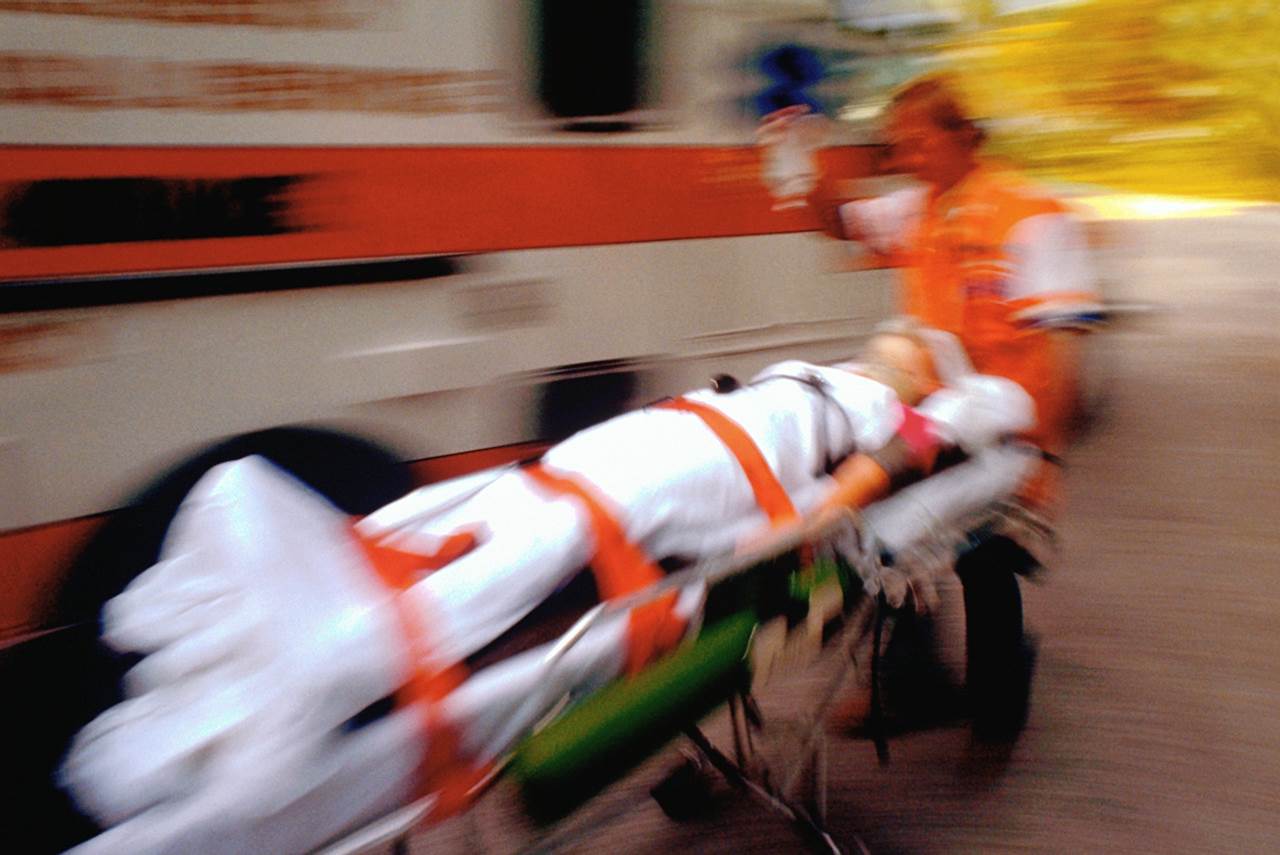
By: Paula Givens, CREC Board Member
Marketing Manager, Federated Rural Electric Insurance Exchange
How you respond to a workplace or public injury could save lives and minimize expenses. While there is no simple answer or fault-proof process, the steps and information provided here will significantly assist you.
Many factors are identified and weighed when an incident has occurred, including some adverse facts that might have been prevented. Each state has its unique laws, prosecutors, plaintiffs, judges and jurors that your system may encounter if a lawsuit is filed against you and proceeds to court. Factors, both controllable and uncontrollable, impact the value of a claim. Knowing what to do at the onset of an accident can make a significant difference.
Therefore, we recommend that you take the following steps when a serious accident or injury has occurred. Call 911! A quick and efficient medical response can mean the difference between life and death, so do not hesitate; alert medical professionals immediately. Sometimes the injured party may want you to wait before calling a medical professional. Do not wait under any circumstance.
Secure the accident scene by limiting access and preserving evidence. All equipment and materials involved should be secured.
Report the accident as required by your system's policies. Take pictures of the accident location from different points of reference. Try to obtain a 360-degree view if possible. Take notes detailing the date, time, weather conditions and eye-witness accounts. Stick to the facts. Do not surmise or guess what may have happened. If an employee doesn't know, they should state that they don't know what happened. Comply with all OSHA reporting regulations.
Try to have as much factual information (hospital location/phone numbers) available as possible. Notifying the employee's spouse or emergency contact should be done in person. You'll need to relay details regarding their emergency transport and hospital destination to the individual from your system who has been assigned to be with the family. Provide transportation for the family to the hospital.
Request a thorough accident investigation to be conducted by an experienced team. The emphasis should be concentrated on finding the root cause of the incident to prevent the event from happening again. Also, request a drug/alcohol test of the injured employee (in a vehicle accident).
Report the accident to your insurance provider. Call Federated ASAP at (800) 356-8360. Notify employees, board members, attorneys, union representatives, and your statewide organization, only after you have spoken with us and advised on how to relay this information.
Appoint one spokesperson from your system to handle all inquiries regarding the employee’s injury.
Keep communication open and honest with the injured worker. The employer can help the employee be confident that their health and well-being is the top priority.
If the employee's accident leads to their death, there are additional steps to follow. These guidelines, in addition to many more, are outlined in the Basic Steps guide mentioned below.
- Notify OSHA within 8 hours.
- Determine how to conduct business during the funeral, and who from the cooperative should attend.
- Notify EAP and monitor employees for signs of delayed trauma or blame, and provide any resources as needed.
- Provide family with needed assistance and support.
- Preserve all applicable records and physical evidence from the accident scene.
To see how all of this information is applied in a real-world situation, click to view a litigation report. You can also order Federated’s free guide, "Basic Steps for Handling an Employee's Serious Injury or Death" from our website at federatedrural.com
Back to CCC Newsletter Archive
